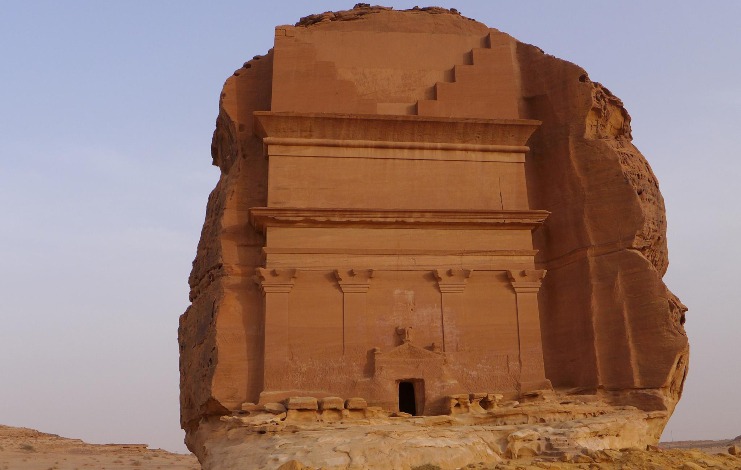While Saudi Arabia is known for having the two holiest sites in Islam which are in Mecca and Madina, others of historical value have started to appear on the world stage.
Saudi Arabia is putting a lot into its 2030 vision with an impressive focus on the country’s heritage and tourism sectors. So with that in mind, we thought we’d highlight some of the historical tourism hotspots you might want to check out during your next visit to the kingdom.
Hegra (Al-Hijr)
As Saudi Arabia’s first UNESCO World Heritage Site, it was definitely going to make the list, and why wouldn’t it, right?
Move over Petra, there is another carved site in town. Situated in the AlUla region, this unique site has over 100 impressively well-preserved tombs in the picturesque dunes of the area. Dating back to the Nabatean Kingdom from the first century BC, these lavish tombs that entombed royals and elites exalted the whole experience to a new level.
These tombs are carved into the actual rocks showing the incredible architectural abilities of the people living in the area at the time of their construction, using several styles in their design. These include Assyrian, Egyptian, Phoenician, and Hellenistic, not to mention inscriptions in several ancient languages such as Lihyanite, Thamudic, Nabataean, Greek, and Latin.
It’s worth checking out, thanks to its unique and different look compared to many locations within the region.
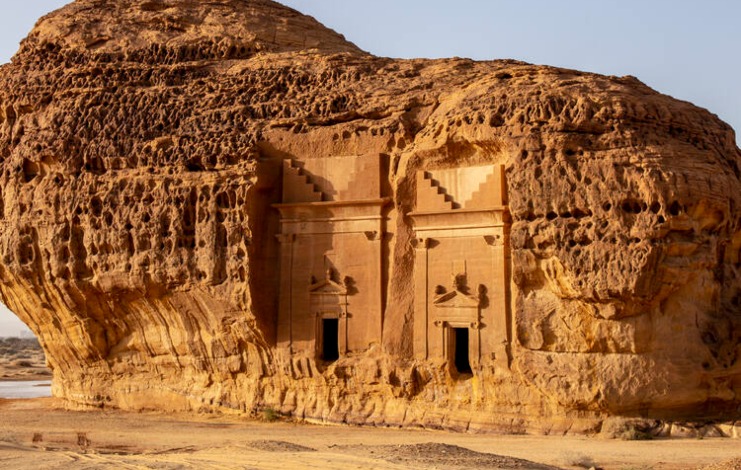
Khaybar City Fort
One of the biggest Oasis cities in its heyday, the city used to be a Jewish Arab settlement. While it continued to be a bustling city for years, with major export being dates, flooding in the area pushed the inhabitants to leave the area in 1980 after the government created a safer and more stable location for them nearby. The city’s mud-brick buildings still stand today even though they were abandoned.
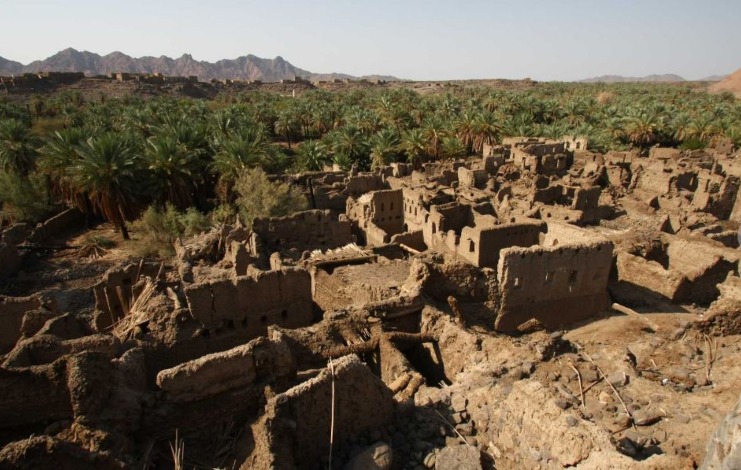
The fort still stands too and is the landmark of the battle there, unfortunately, it also went into disrepair for a long period of time, but is currently being restored.
Tourists can visit the old city but not travel deep within it since there has been ongoing maintenance work to restore the city, so if you’re planning to visit, make sure to ask ahead.
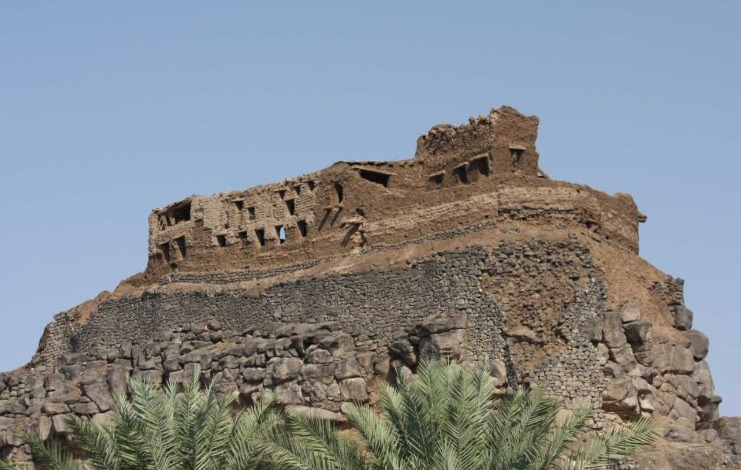
Jubba Paleolithic Kingdom
Situated in the Hail region, there lies Jabal Umm Sinman Jubbah, which has several rock formations on which ancient Arab ancestors left marks of their presence in numerous petroglyph panels and inscriptions that used to overlook a now-gone lake.
In nearby Jabal Al-Manjor, some other petroglyphs and inscriptions have been attributed to almost 10,000 years of human history. According to UNESCO, “together, these components contain the biggest and richest rock art complexes in the Kingdom of Saudi Arabia and the wider region.”
Not only does this connect the people living in Saudi with their region, but connects us as humans to the whole region. It shows how far back humans migrated and moved within the area to better their lives in search of a place to call home, traveling from one source of water to the next.
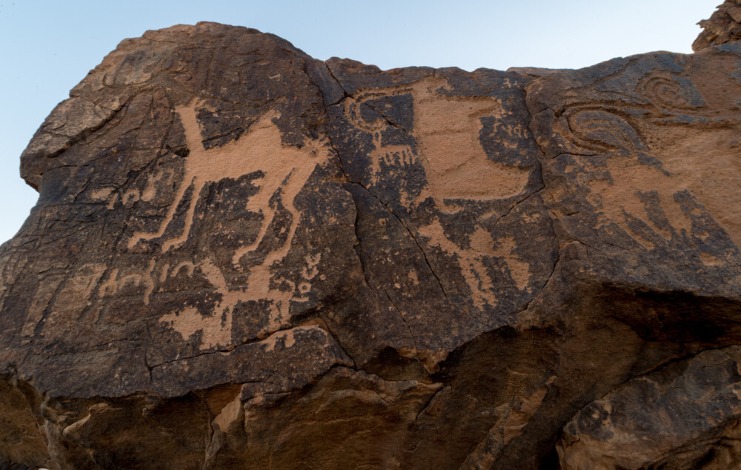
Masmak Fortress
Considered to be the birthplace of modern Saudi Arabia, it was built in 1865 in Riyadh and was used for a multitude of different purposes, including a well, a palace, a weapons depot, and the location of the royal court for some time.
However, its main significance lies within its location and value, as its recapture by the late King Abdulaziz Bin Abdul-Rahman Al-Saud marked an important moment during the unification of Saudi Arabia as a whole.
It would remain the seat of power until the completion of the Murabba Palace, to which the King and his court moved. In 1995 the building was finally converted into a museum, forever solidifying its position in Saudi Arabia’s heritage.
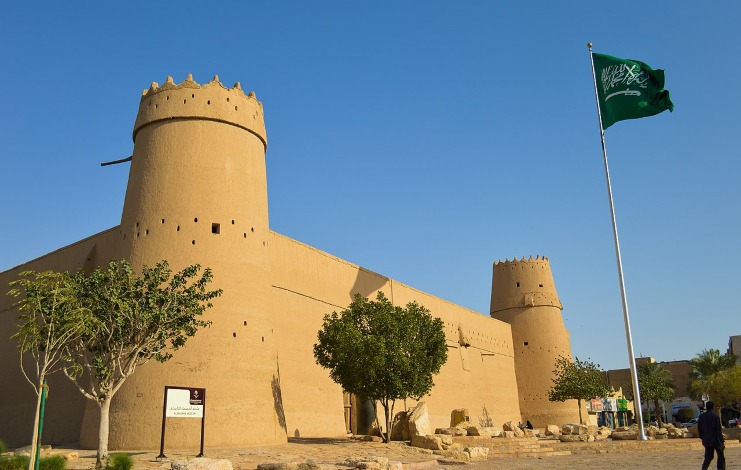
Murabba Palace
Getting its name because of its square layout, the first major expansion of the city of Riyadh in the 12th century. The palace was constructed in 1936 and used several advancements in technology at the time for the area, including electricity via generators, lighting, fans, a central water supply that accommodated indoor plumbing, and even a lift later on.
The late King Abdulaziz Bin Abdul-Rahman Al-Saud used it as his main residence and hub to meet dignitaries and delegates from other countries, some pictures of whom can be seen today inside, thanks to it becoming a museum.
The Palace’s museum includes personal belongings of King Abdulaziz such as his spectacles and photographs of meetings he conducted with statesmen as well as multimedia displays and even a Rolls-Royce that was presented to the King by Winston Churchill in 1946.
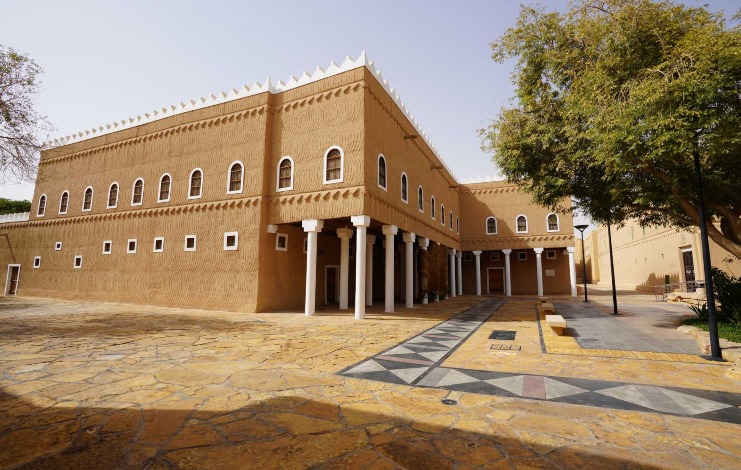
We Said This: Don’t Forget… The Best Places To Visit In Egypt For A Memorable Fall Vacation


